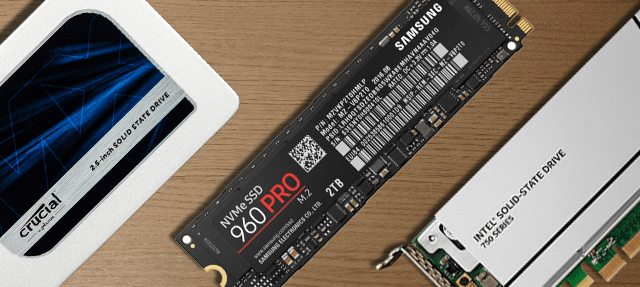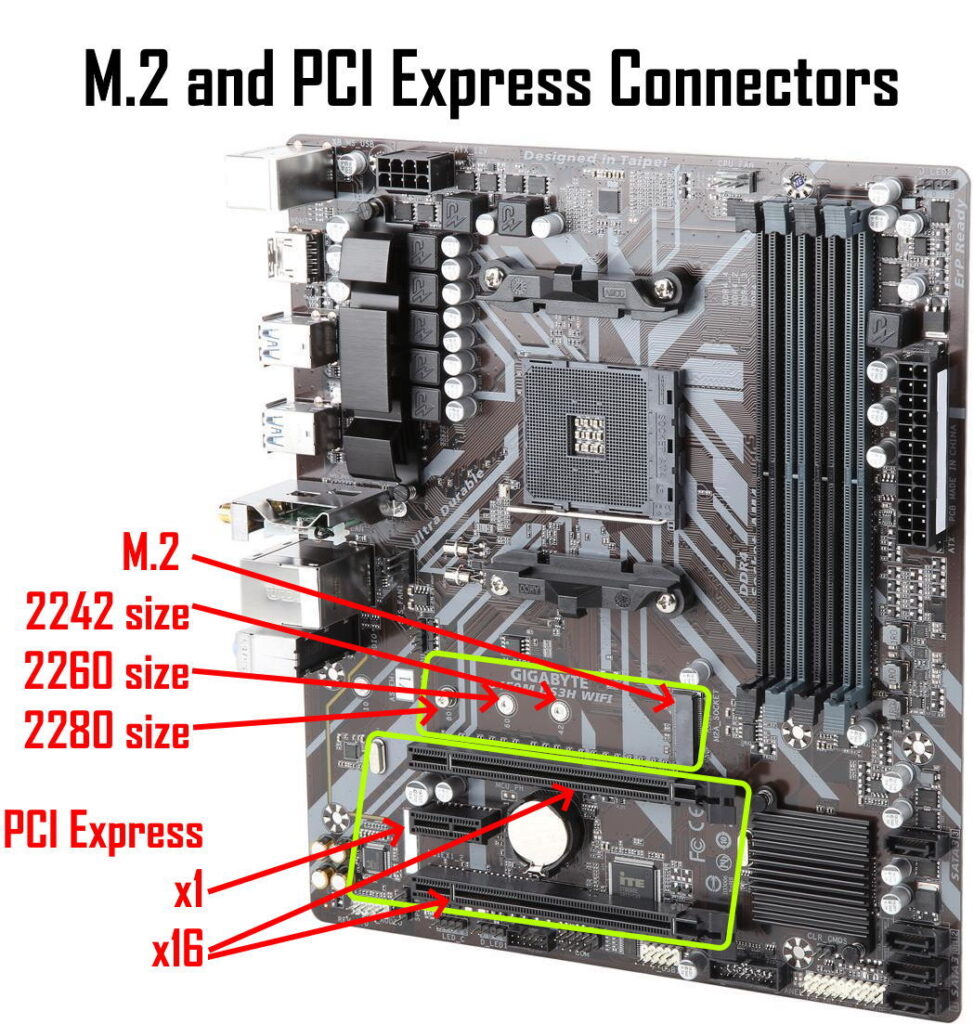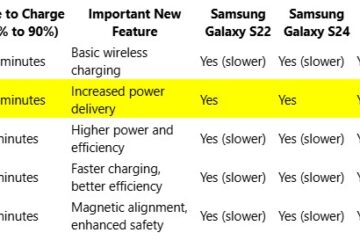Solid State Drives (SSD’s) are fast, really fast. But did you realize that the chips on an SSD drive are actually faster than port used to connect them to your motherboard and that is an opportunity.
In the beginning there was there was SATA, well, in the beginning of SSD’s there was SATA. SATA was designed for old school spinning disk hard drives and it ran at acceptable speed for most uses, peeking out at a theoretical transfer rate of 600 MB/s.
However, a solid state drive can run many times that fast so it was decided the best place for a really fast hard drive like an SSD was PCIe bus. Those used to be the white expansion slots that you see on lots of motherboards but today they are more commonly black or dark grey. PCIe ports are not only much faster than SATA but they’re also better connected to the CPU so the net performance gain is huge. An SSD on a PCI express bus can run at 3000 MB/s and as new versions of the PCI express bus become popular we can see speeds exceeding 9000 MB/s per second. However PCI Express are bulky and use up relatively expensive PCI express ports.
In 2011 a new high speed transfer protocol was designed to allow an SSD to archive its transfer rate potential. It is called a “Non-Volatile Memory express” (aka NVMe). NVMe is just largely just a prettier way to the PCI Express bus. NVMe became popular by 2016 and now today in 2023 it’s (almost) impossible to find a new computer without support for NVMe. NVMe can transfer data from a solid state drive through the motherboard at an astonishing real like transfer rates of between 3000 MB/s and 7000 MBs.
So in summary, the history of hard drive speeds from about the year 2000 to 2023, looks like this:
| Transfer Rate | Type of Drive Storage |
| 90 MB/s | 5400 RPM Spinning Hard Disk on SATA III – Common in Laptops until 2015 |
| 140 MB/s | 7200 RPM Spinning Hard Disk on SATA III – Common in PC’s until 2015 |
| 160 MB/s | 10000 RPM Spinning Hard Disk on SATA III – Common in Servers even today |
| 300 MB/s | SSD on SATA II – Just for very old computers upgraded from spinning disks |
| 600 MB/s | SSD on SATA III – On everything in 2017 |
| 3500 MB/s | SSD on PCIe Gen 3.0 NVMe M.2 – On everything in 2020 |
| 7000 MB/s | SSD on PCIe Gen 4.0 NVMe M.2 – On most computers in the next few years |
Whats The Deal With M.2 Slots?
Now that you understand the difference between SATA, PCI Express and NVMe, you might be wondering what M.2 is. Well M.2 is just a very small connector that’s a solid state drive and other devices like network cards, can plug into.
The confusion is that an M.2 connector used for SSD’s could be on the SATA bus or NVMe bus. The way you can tell is to look for the gap or notch. If there are two gaps or notches it is usually a SATA and if there’s only one gap or notch, it is usually NVMe. However, that is a rule of thumb and you can get “B+M” NVMe drives that have two notches or gaps, so check your specs before ordering.
To make things more confusing, M.2’s come in many different sizes. The most common being 2230, 2242 and 2280.
- 2230 = 22mm wide by 30mm long
- 2242 = 22mm wide by 42mm long
- 2260 = 22mm wide by 60mm long
- 2280 = 22mm wide by 80mm long
- 22110 = 22mm wide by 110mm long
The smaller the board, the less weight it has and the less space it takes which is important on our ever shrinking hand held and portable electronic world.





0 Comments